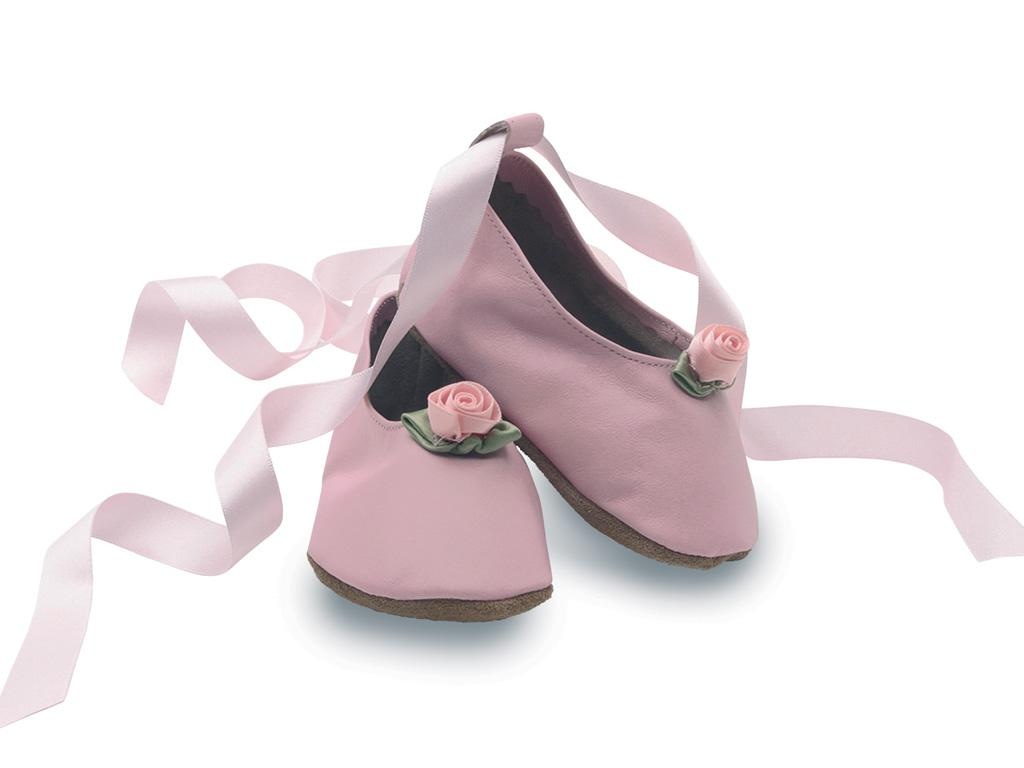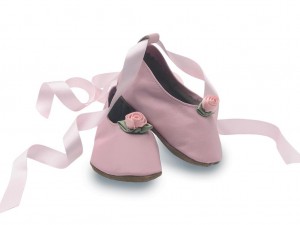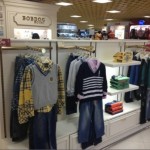Market potential: Baby shoes market in China
Market potential: Baby shoes market in China
Market potential in China: 18 million new-born babies each year
European producers have been looking for markets with a big number of potential consumers. For manufacturers of baby shoes, which market seems the most attractive? Most likely it is a country with high birth rates or large population. That is why many European producers seek to introduce their range in China’s market, including baby shoes manufacturers. According to recent statistics, there are on average 18 million new-born babies in China
each year. Number of potential customers is remaining large and not expected to fall sharply; therefore baby shoes market in China is expecting to grow gradually. Moreover, there are currently several trends in China’s economy, which are more likely to result into the positive effect for the industry.
Middle class families are more likely to spend considerable amounts in baby shoes market in China
Increasing incomes of the Chinese and shrinking middle class can largely contribute to expansion of the industry in the future. Rising family income implies better quality of a baby: more comfortable clothes, shoes, greater variety of sets, higher quality cosmetics, better nutrition. All these requires money, which will be consequently invested in a baby by middle-class parents. It sounds like good news for baby shoes market in China. As market potential report on baby product manufacturing suggests, the market, including baby food, shoes, clothes and skin care, was growing at a rate of 16.5% in the past five years. There is also a psychological factor that a family with the only child is more eager to spend a large amount of money due to child “uniqueness”.
Number of potential customers is expected to increase due to recently relaxed one-child policy
The one child policy has been recently relaxed: now, a family may have a second child in case one of the parents is the only child. Before, both parents must have been the only children in their families to be allowed to have the second child. This is apparently a positive sign for baby shoes market in China. Families, which belong to middle class or expect their income to rise in the future, are more likely to think of the second child if they could not do so before relaxation. Therefore, additional revenue, coming as a result of relaxation policy, is more likely to come from middle-class families, which are very likely to spend considerable amounts on their babies.
Distribution channels: online shops lead the market due to rising popularity of e-commerce
Combi, Goodbaby, Pigeon, Procter&Gamble and Zhejiang Beingmate Scientific Industrial Trad are by far the leaders of baby products in China. Domestic producers are apparently dominating the market; that might be explained by low transportation and manufacturing costs. However, Spanish and Australian baby shoes are also supplied in China. Baby clothes is distributed via various channels although Alibaba, Goodbaby and Suning Commerce Group are supposed to be the leaders, due to market potential reports in China. These three enterprises account for 15.3% of industry revenue. Online shops apparently dominates the market as one of the most preferred distribution channels. This is due to high popularity of e-commerce in China, which continues to increase. Therefore, it might be suggested that baby shoes market is quite attractive to potential new entrants and may offer opportunities to grow.
See more market potential reports in China _ Stephane Grand
For more information:
http://www.ibisworld.com/industry/china/baby-product-manufacturing.html

















